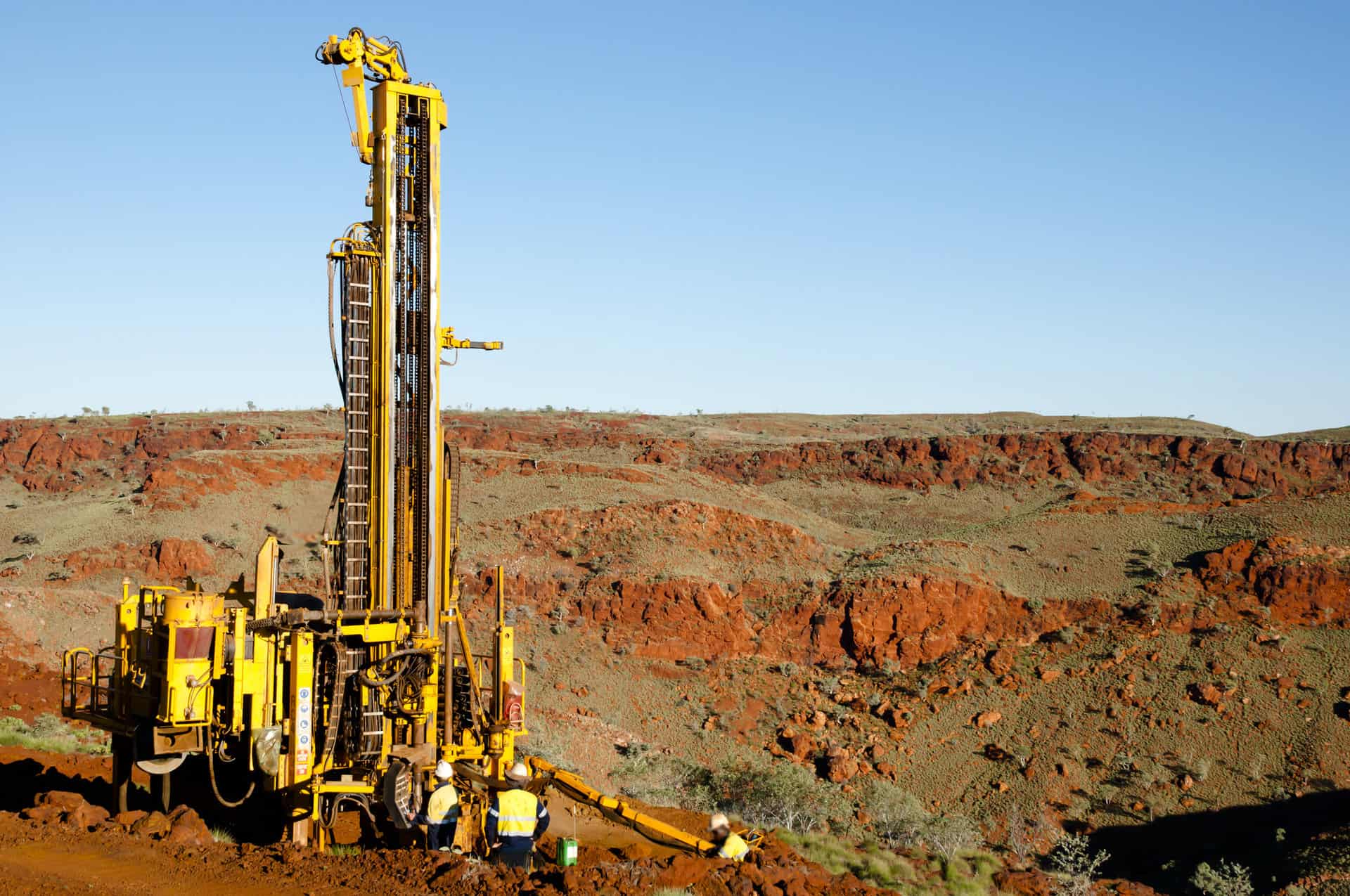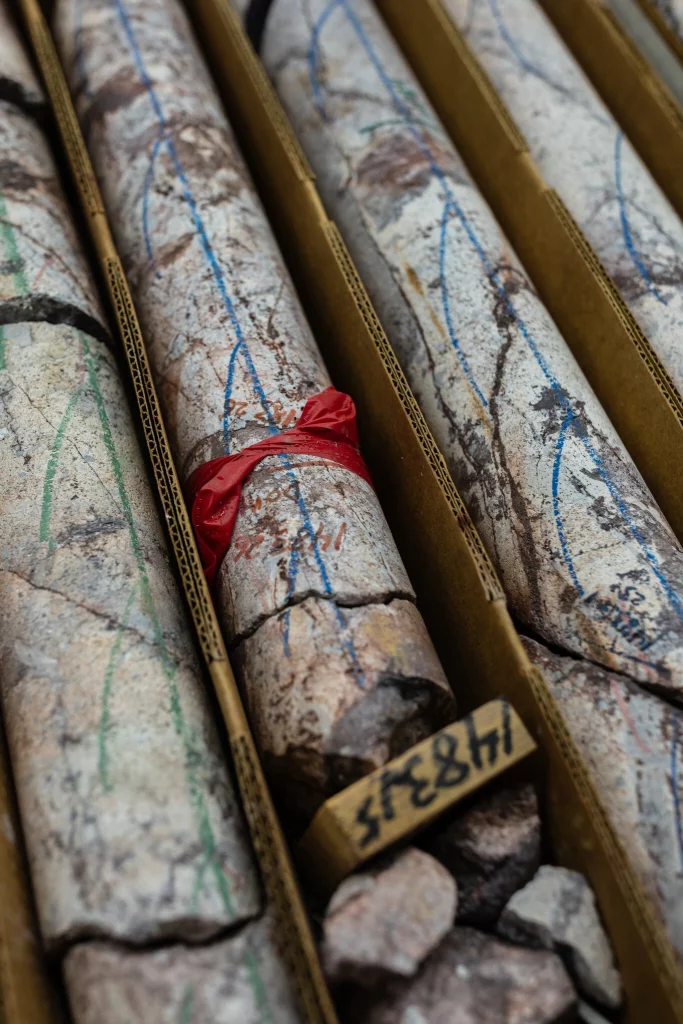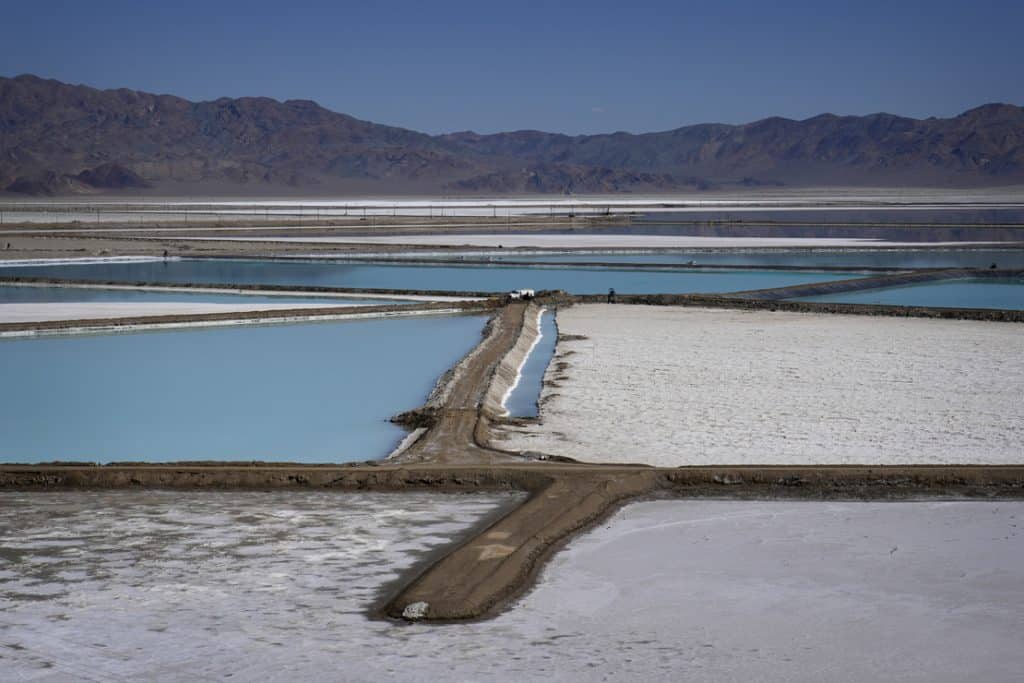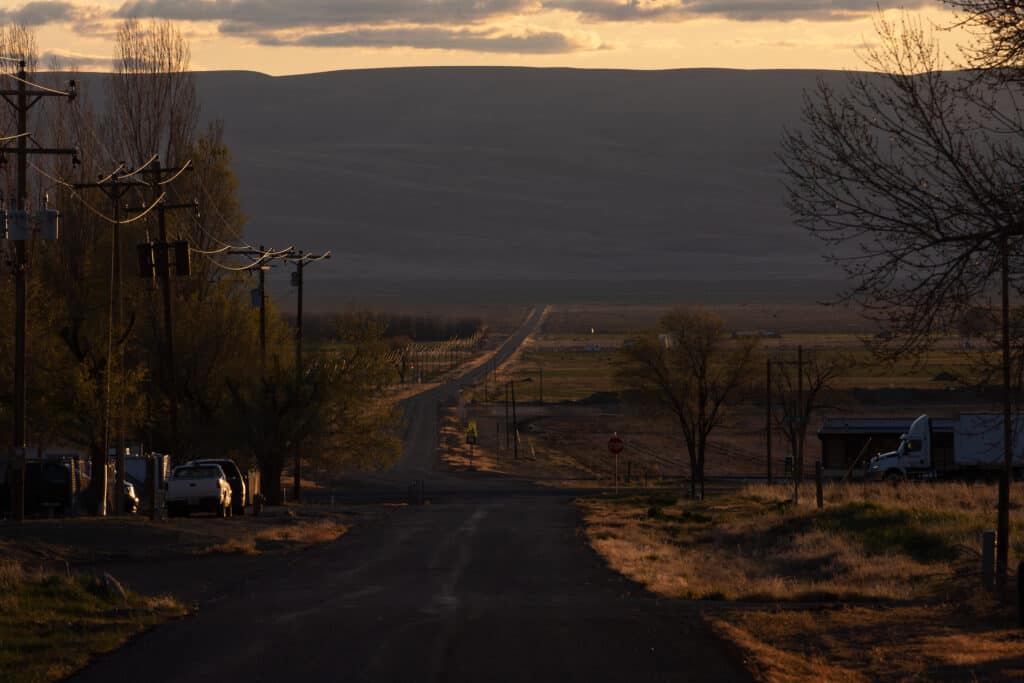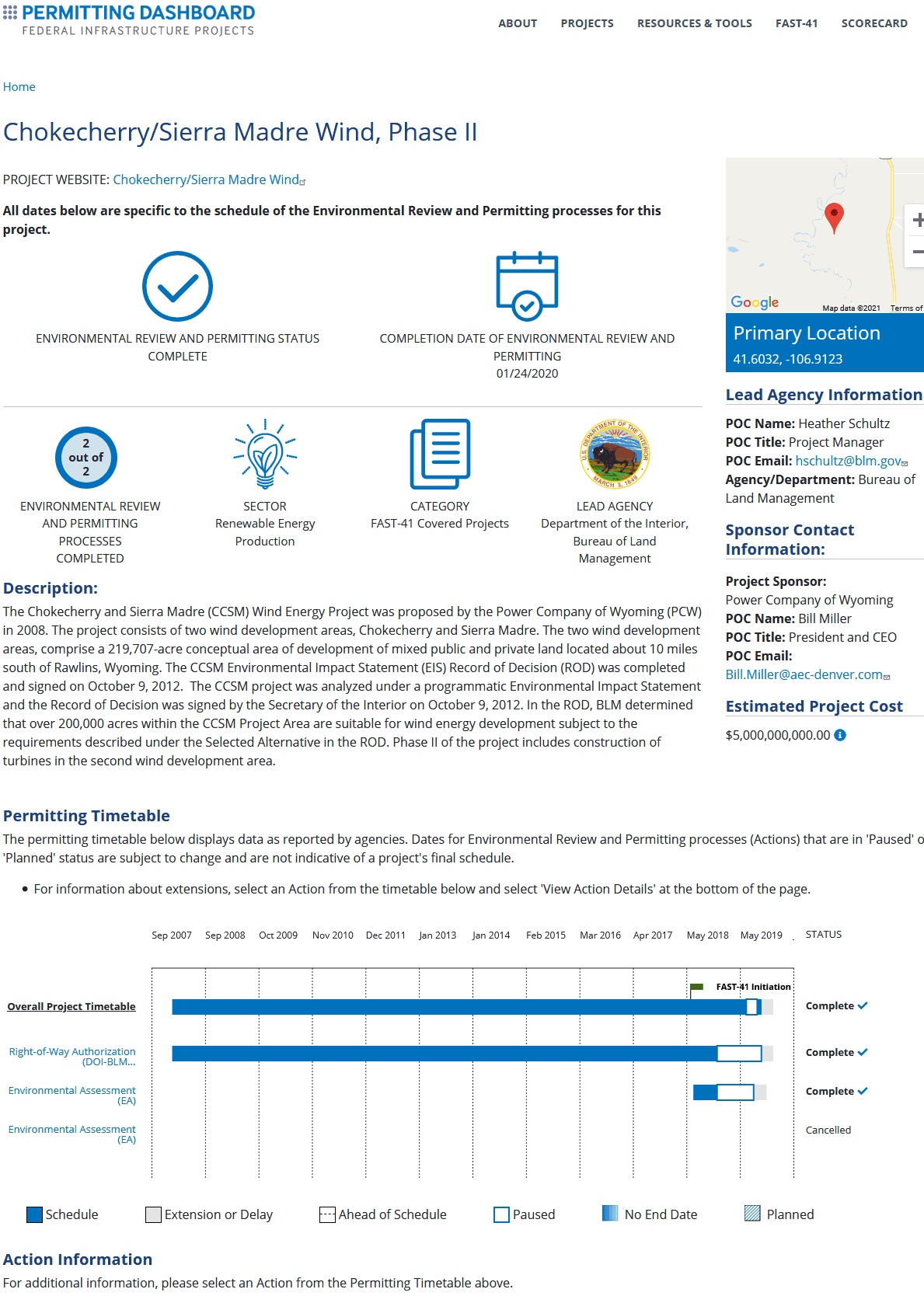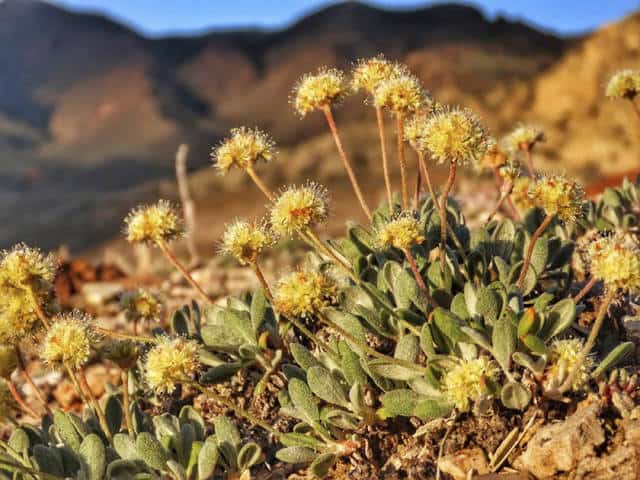For those of you not following the COP, the US signed a Declaration to Triple Nuclear Energy. The Department of Energy posted it here.
Commit to supporting the development and construction of nuclear reactors, such as small modular and other advanced reactors for power generation as well as wider industrial applications for decarbonization, such as for hydrogen or synthetic fuels production;
Recognize the importance of promoting resilient supply chains, including of fuel, for safe and secure technologies used by nuclear power plants over their full life cycles;
When it comes to federal lands and various energy forms, I’m not surprised that some folks who are physically close to the new infrastructure, be they mines, solar arrays, turbine fields or geothermal do not want them (this differs by area and kind of infrastructure), and many times folks like our friends at CBD are against them for biodiversity reasons. It’s problematic and a ripe field for litigation.
These different energy forms also differ by the need for new power lines. Power lines being both sources of wildfire and wildfires causing danger to them. Meanwhile our current power line infrastructure is in bad shape, and power companies can go bankrupt for damages from inadequately managing the power lines. As far as I can tell, the cost of constructing and maintaining these new power lines is not taken into account when accounting is done for new energy sources. And permitting issues will slow down any build-out of new transmission lines.
Enter C2N . The Breakthrough Institute wrote a piece on a strategy for coal to nuclear (C2N).
The Breakthrough Institute proposes a U.S. Department of Energy (DOE)-led program aimed at alleviating regulatory uncertainty. This program would assess retiring CPP sites nationwide, categorizing and prioritizing them based on local need for power, remediation, viability of existing infrastructure, and demand for workforce transition. Under the Energy Policy Act of 2005, the DOE can apply for an ESP to conduct site-specific evaluations of a location with potential for a nuclear power plant before the actual construction and operation of the facility begin. This process allows the DOE to assess the suitability of the site and address any potential safety and environmental concerns in advance. The proposed program targets eligible sites with transferable workforces and essential infrastructure, helping to facilitate a seamless transition for C2N projects. In the proposed program, the DOE’s role will be to mass-acquire ESPs for multiple eligible C2N sites and subsequently to transfer those permits to utility companies and developers to recover the costs.
You could add environmental justice concerns of various kinds and community support to the list of criteria. It might be a better “workforce transition” than many; involving high-skilled union jobs. Best of all, from the federal lands perspective, and the cost perspective, the transmission structure already exists.
**************************************
The other story is called History of U.S. Uranium Industry: Decoupling Past Practices from Future Endeavors
Side story: I did my Ph.D. dissertation so long ago that the Forest Service had only the Data General and PCs were not around. Because the Forest Service determined that I had done my graduate work without their funding, I was not allowed to use the FS computer for my dissertation. I worked at the Supervisor’s Office in Lakeview, Oregon. So I found a woman in town that could type it for me. She worked at the Lakeview Lumber mill, so my little Mazda hatchback would wait in line with the log trucks so I could get to the window and hand her my drafts. Now I wish someone had taken a photo of my tiny car amid the trucks, but.. cameras on cell phone were a long way away. Some of you might wonder “what on earth does that story have to do with uranium”? But former and current Lakeview folks know that Lakeview Lumber was/ is? located on the former uranium processing site. The Fremont had two uranium mines, the White King and the Lucky Lass, which apparently went into the nuclear weapons program.
Anyway, back to the Breakthrough story..
Past uranium mining practices loom over the future of U.S. prospects. Beyond question, the uranium mining industry of the late 1940s through the early 1980s has inflicted significant harm upon workers and local communities, particularly Navajo and Hopi people who continue to face environmental and health risks from un-remediated uranium mines that still lie abandoned across their ancestral homelands. The American people and the U.S. federal government must take responsibility by compensating citizens exposed to pollution and redoubling public funding and agency efforts to clean up abandoned mine sites.
Weaponizing mining misrepresents nuclear power efforts. At the same time, rhetorical efforts to frame Cold War-era tragedies as the unforgiving, original sin of the domestic uranium mining industry and by extension the civil power sector are undeniably misrepresenting history and do little to contextualize the past, present, and future of uranium mining for nuclear fuel production. Addressing unquestioned perceptions is vital for the advancement of low-carbon nuclear power during the industry’s decades-long period of inactivity.
The analysis presented herein investigates the timeline of the U.S. uranium industry during the Cold War era to delineate causes of the historical malpractices, emphasizing the following major points:
Environmental impacts from uranium mining arose from the absence of environmental laws and regulations from the late 1940s to the early 1980s, an issue common to the overall U.S. mining sector with uranium mines constituting only a fraction of abandoned mine lands. The vast majority of historic domestic uranium production occurred during this period of accelerated nuclear weapons and defense-related production, before the federal government enacted even the most basic safeguards in place today;
Federal agencies undeniably could have been more proactive in mitigating impacts of radiological health hazards to laborers. Instead, they engaged in willful complacency, presumably influenced by the need to maintain uranium supply chains for national defense purposes and weapons programs. To a lesser degree, state agencies and mine operators were in similar positions motivated by their own respective interests;
Despite low rates of production, the domestic uranium mining industry has operated responsibly since the end of the Cold War with the establishment of environmental and health standards as part of regulatory reform efforts targeting the overall mining sector;
The majority of growth in uranium demand for U.S. civilian nuclear fuel supplies for energy production occurred following these key reforms, suggesting that arguments framing the expansion of the U.S. civil nuclear sector as irrevocably synonymous with legacy uranium mining impacts are selectively misstating the historical record.
Nevertheless, the future of uranium mining is not impervious to the potential occurrence of new injustices. In the broken checkerboard of Navajo Nation lands near the site of the 1979 Church Rock uranium tailings dam failure and other uranium industry superfund sites (EPA Church Rock; EPA Homestake; EPA Jackpile), Canadian firm Laramide Resources’ recent quiet commencement of uranium exploration activities (NMPR, 2023) highlights the risk that the mining sector could continue to aggravate tensions with local communities by failing to engage deeply and demonstrate a strong commitment to sharing benefits and reducing risks. While on paper, Laramide may be proceeding in line with regulations, this illustrates a case where Laramide’s social license to operate depends critically upon its willingness to undertake outreach efforts and make community guarantees well above and beyond the requirements of written law.
*******
When President Biden was working on the new Grand Canyon National Monument, E&E had this story.
Most monument proclamations since 1996 have barred new mineral leases, mining claims, prospecting or exploration activities, while carving out protections for valid, existing rights, according to a recent report from the Congressional Research Service.
Legal experts say it could also throw existing claims into question unless companies can show they can mine the claim at a profit.
“It’s frankly very unlikely that any existing claims would be valid,” said John Leshy, who served as Interior’s solicitor during the Clinton administration and is now an emeritus professor at the University of California College of the Law in San Francisco. “But that’s a fact question, and you’d have to go claim by claim.”
Companies eager to mine in the area have argued they have valid and existing rights. What’s more, mining advocates say a national monument designation would throw Biden’s own climate and national security strategy into question.
They’re quick to note that the U.S. currently relies on Russia for a share of its low-enriched uranium. And with the war in Ukraine pushing up prices, they argue the need for advancing extraction and rebooting idled mines has only grown in importance.
***************
I don’t know how all this will turn out.. it seems like one way would be to estimate how much and what kind of uranium the US would need to live up to its COP commitment, considering recycling and whatever today’s current technologies are. Then assume we can still import from Canada and the Aussies. Then figure out how much we need, and do a programmatic EIS comparing different strategies/places the uranium could be mined and processed.
Yes, whose ox gets gored will always be a political decision. But at least the public would know the pros and cons of the choices. Which might increase public trust.


